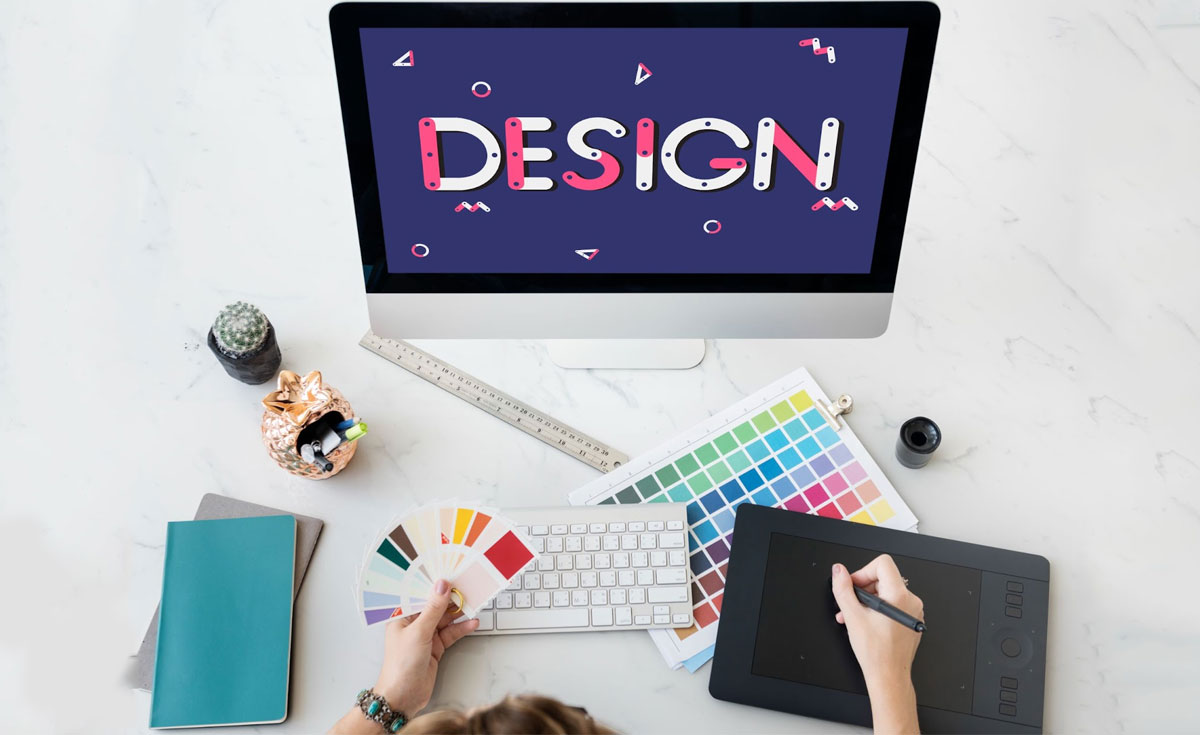Graphic design jobs are always popping up, but getting one takes more than just making things look nice or knowing Photoshop. It's about understanding what the company needs and solving real problems through your work.
Before you apply, it's smart to find out exactly what the company is looking for, how to present your portfolio clearly, and what kind of questions you might face in the interview. Doing this kind of prep makes everything much easier.
What the Role Is Really About
Graphic design is not just about looks. It's about using visuals to sort things out and get a message across without confusion. This could be anything, like coming up with a brand's style, designing packaging, or arranging a magazine page so it makes sense.
In small companies, the designer might do everything — from drawing rough ideas to dealing with the printer. In a larger team, your focus could be more specific; maybe you're in charge of typography or just digital ads.
Either way, it's rarely about art, for art's sake. Design is a tool, and every project has a purpose behind it.
Core Skills You'll Actually Use
Sure, creativity matters, but it's only part of the deal. Most jobs also expect you to handle tools like Illustrator, Photoshop, and InDesign with confidence. More and more employers also look for experience with UX/UI, motion design, or even basic HTML and CSS.
And then there's the stuff that has nothing to do with tools — communication. You'll be talking to people who don't speak the language of design: clients, marketers, and possibly developers.
You've got to explain your ideas in plain language, listen to feedback, and tweak things without losing the heart of what you're trying to do. Also, deadlines in this field are real and often tight, so staying organized and managing time well can set you apart.
Your Portfolio: More Than Just Pretty Pictures
If there's one thing that can make or break your application, it's your portfolio. This is what employers look at first, sometimes even before your resume. But it's not just about how your work looks. They want to see what you think. Why did you choose that color? What problem did your layout solve?
Include 5–8 strong projects, each showing something different, maybe one branding case, one layout, one digital ad, etc. Personal projects are fine too, as long as they show skill and thought.
Add short notes or captions explaining the brief and your process. This adds depth and proves you understand how to apply design, not just decorate.
What Hiring Managers Actually Want
Job descriptions can be intimidating — lists of software, years of experience, and vague phrases like "fast-paced environment." Try not to let that scare you off. Many of those "requirements" are wish lists. Focus on the core: what kind of design do they need? What kind of company is it?
Tailor your application for each job. If the company focuses on tech products, highlight any digital work or UI design. If it's a lifestyle brand, show off your packaging or social content. A generic portfolio and copy-paste resume won't stand out. Take the time to show you understand the role.
Staying Sharp and Building Connections
Design trends change fast. What looked modern two years ago might feel outdated now. Keeping your skills sharp, whether it's through a quick tutorial, trying out a new app, or taking an online course — helps you stay in the game.
You don't have to know every single tool out there, but being open to learning and flexible goes a long way.
And don't overlook the power of talking to people. Some of the best job tips don't come from websites; they come from casual chats. Join online design communities, comment on other designers' work, and go to meetups if possible.
Connections open doors, even if it's just someone recommending you when a role opens up.
Interviews: What to Expect and How to Prepare

A design interview isn't only about giving the right answers, it's more about showing how your mind works. Be ready to talk through your portfolio, explain the thinking behind each project, and share what problems came up along the way. You might also get a small design task to complete within a time limit.
Want a head start? Go over some graphic designer interview questions. They will help you get a feel for the kinds of things you might be asked and keep your answers sounding natural, not memorized.
Most of all, keep your answers practical and honest. Employers want to see that you know your stuff and can work as part of a team.
Salary and Work Environment: What to Expect
Pay varies a lot. Entry-level roles might not offer huge numbers, but as you build experience and a strong portfolio, the opportunities improve. Location matters too: big cities usually pay more, but the cost of living can cancel that out.
As for the workplace, it depends. In-house roles tend to be stable with clear hours, but projects can feel repetitive. Agencies move fast, offer variety, and require solid time management.
Freelancing brings freedom but also demands discipline and constant outreach. Knowing what kind of setup suits you can help narrow your job search.
A Few Final Tips Before You Hit "Apply"
- Keep your resume simple — one page, clean design, easy to scan.
- Customize your portfolio — if applying for a web design job, lead with web projects.
- Write a cover letter that sounds human, not like a template.
- Double-check job details — many people get rejected for not following simple instructions.
- Be realistic but confident — if you're missing one skill, highlight your willingness to learn.
Graphic design is where creativity and real-world needs come together. It's not always simple, but when your work helps shape a brand, tell a story, or turn a rough idea into something real, it really pays off.
The main thing is to be prepared, not just by knowing the tools, but by understanding how the field works and how to move through it.
With a focused portfolio, clear communication, and a bit of persistence, you'll put yourself in a great position. Keep improving, stay curious, and use resources like graphic designer interview questions to boost your confidence before interviews.
Now you're ready. Go get that job.


